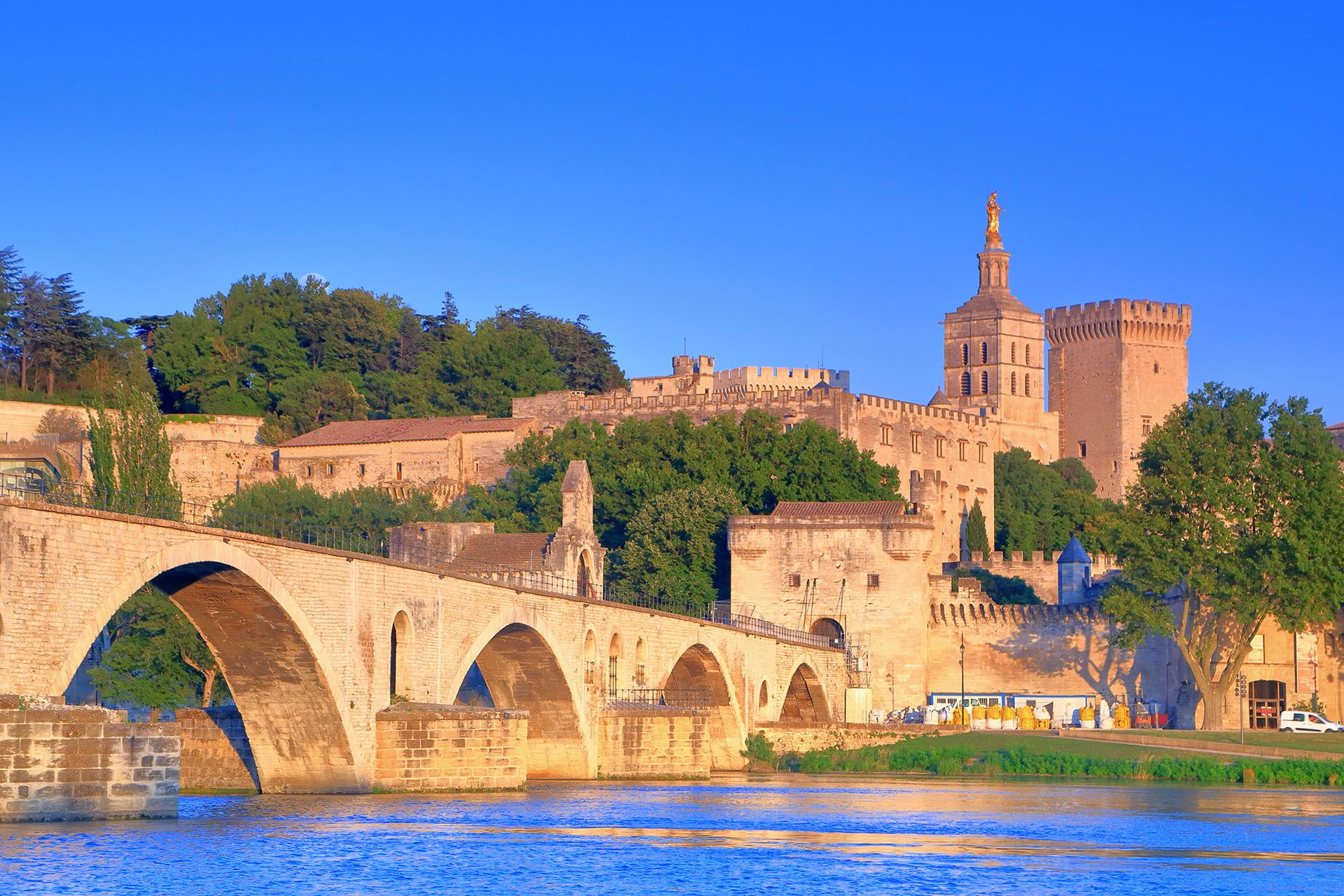Aix-en-Provence
Were it not for the great metropolis of Marseille, just 30km south, Aix-en-Provence would be the dominant city of central Provence. Historically, culturally and socially, the two cities are moons apart, and for visitors, the tendency is to love one and hate the other.
Aix is more immediately attractive. The tangle of medieval lanes at the city’s heart, known as Vieil Aix, is a great monument in its entirety. You'll find here an enchanting ensemble that’s far more compelling than any individual building or museum it contains.
Aix-en-Provence is a fantastic place to explore. The streets are alive with people. While here, take the chance to explore the many tempting restaurants, cafés and shops. With the backdrop of architectural treats from the sixteenth and seventeenth centuries, it’s easy to while away days enjoying the pleasures of this city.
Avignon
Capital of the Catholic Church during the early Middle Ages and for centuries a major artistic centre, Avignon remains an unmissable destination. During the Festival d’Avignon in July, it becomes the place to be in Provence.
Low medieval walls still encircle Avignon’s old centre, as it nestles up against a ninety-degree bend in the Rhône river. Their gates and towers restored, the ramparts dramatically mark the historic core off from the formless sprawl of the modern city beyond.
Avignon can be dauntingly crowded, and stiflingly hot, in summer. But it’s worth persevering, not simply for the colossal Palais des Papes (home to the medieval popes, and its fine crop of museums and ancient churches), but also for the sheer energy that pulses through its lanes and alleyways.
This tailor-made tour out of the way in France starts with an in-depth introduction to France in Paris: several unique day excursions connect you with local Parisians to show you their city and way of life. Afterwards, continue south to start a few days' walking journey through Southern France before ending around Avignon.














